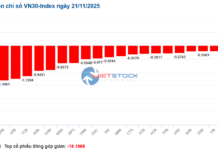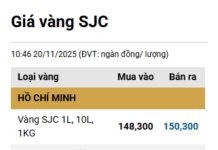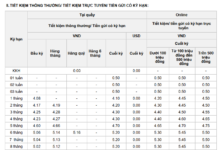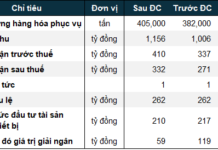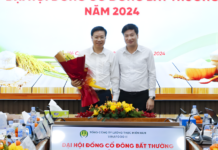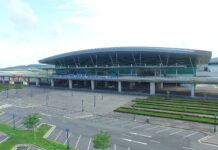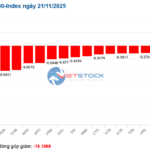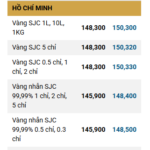Vietnam Electricity (EVN) reported that, in the first 3 months of the year, the electricity output and import of the entire system reached nearly 70 billion kWh, 1.35 billion kWh higher than the plan, up 10.4% compared to the same period. In April, the average daily electricity consumption of the entire system is expected to reach 865.7 million kWh/day, up 10% compared to the same period.
“The Group has maximized the mobilization of coal and gas power sources, exceeding the plan by 1.98 billion kWh. At the same time, water is reserved for hydroelectric reservoirs with an output equivalent to 11.3 billion kWh. In anticipation of high temperatures in all three regions, the group has updated its electricity supply plan, especially during the peak months of the dry season”, said EVN.
According to EVN’s basic plan, the electricity output of the entire system is adjusted to increase by 4.2 billion kWh, to about 310.6 billion kWh (an increase of 10.4% compared to last year). With the high plan, when electricity demand increases suddenly, the total output of the system will reach 313.4 billion kWh (an increase of 11.4% compared to last year) and 2.8 billion kWh higher than the basic plan.
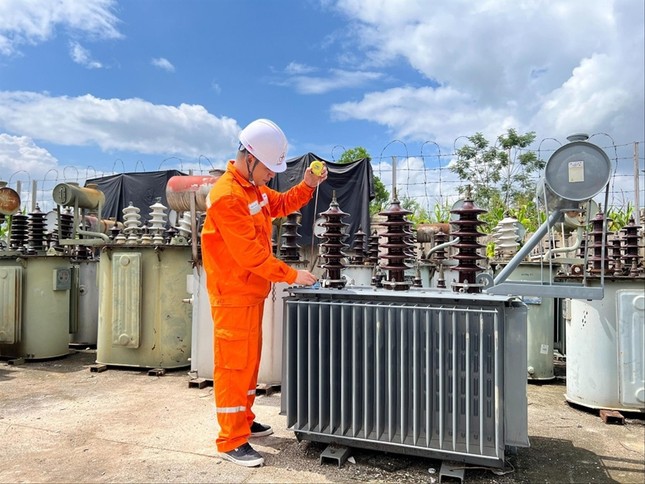
EVN plans to mobilize all resources to ensure electricity supply during the hot season. Photo: Nguyen Bang
To ensure the operation of the system, EVN said that it has worked with operating units to flexibly operate hydroelectric sources according to water inflow, with the aim of retaining water to serve electricity supply during the peak months of the dry season. Along with that, ensuring sufficient fuel for coal and gas thermal power plants, the group assigns units to work directly with large customers to closely grasp weekly electricity consumption needs, implement load demand management programs, and reduce the situation of power grid overload. With the proposed solutions, the balance of electricity supply capacity in the last months of 2024 is basically ensured. However, currently, the power reserve in the Northern region is very low, posing risks if unfavorable factors occur at the same time, such as: prolonged heat, reduced water inflow to hydroelectric reservoirs, prolonged coal-fired thermal power incidents, or reduced capacity…
EVN also said that it has considered the option of mobilizing diesel sources borrowed from customers to supplement the electricity source for the national power system in emergency situations. According to calculations, EVN has worked with customers in the North to borrow and mobilize about 2,718 backup diesel generators, with a total capacity of 3,066MVA to meet electricity demand in emergency situations.
In addition, EVN has negotiated to increase imports by nearly 700 million kWh from China, to 1.8 billion kWh. At the same time, continuing to negotiate with Lao partners to increase electricity imports to Vietnam, especially electricity imported from Laos through Nghe An and Quang Tri areas. To ensure supply, EVN will focus resources on completing the 500kV transmission line section 3 Quang Trach – Pho Noi; complete grid works to increase electricity imports from Laos.
Water use plan for the dry season of hydropower
Regarding electricity security, EVN said that it has issued an official dispatch directing its affiliated units to implement measures to prevent and combat heat, drought, water shortage, and saltwater intrusion. Accordingly, EVN requires power generation corporations and affiliated hydropower units to continue working, requesting localities, departments, and relevant sectors to develop a water use plan for production and daily life during the remaining dry season of early 2024 in the direction of saving. water source. Units must develop an operation plan for downstream water supply hydropower plants, effectively and economically to reserve water sources to cope with natural disasters, drought, and ensure the ability to mobilize to meet the needs of the electricity system in the peak months of hot weather.
EVN proposes that the National Power System Control Center coordinate closely with hydropower plants, regularly update the demand for downstream water use, and flexibly operate hydropower plants to ensure downstream water supply requirements with the aim of saving water sources to the maximum.

